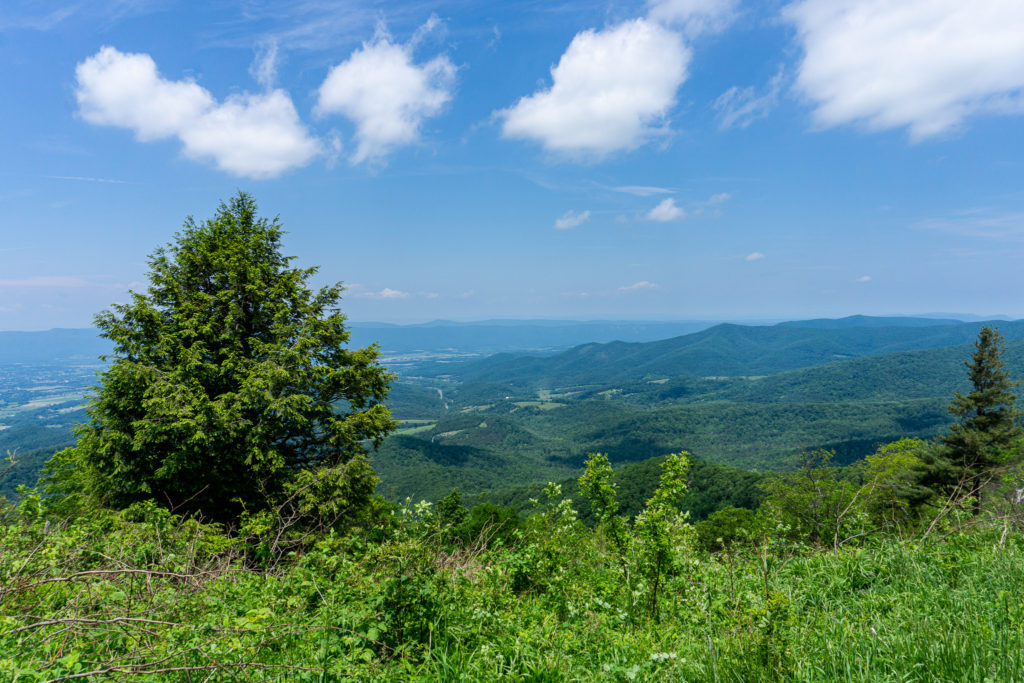
Valley Forge

Valley Forge, PA
An important piece of American Revolutionary War history, Valley Forge National Historical Park is the site of the third winter encampment of the Continental Army. Commanded by General George Washington, the encampment lasted exactly six months from December 19, 1777 until June 19, 1778.
Originally established as the first state park of Pennsylvania, the 3,500-acre property was designated a National Historical Park on Independence Day, July 4, 1976 — the bicentennial of the Declaration of Independence being adopted by the Continental Congress. Valley Forge National Historical Park is one of the National Park Service Sites in Pennsylvania.

Table of Contents
History of Valley Forge National Historical Park

Under the command and leadership of General George Washington, 12,000 soldiers and their families called Valley Forge home from December of 1777 until June of the following year. This encampment would become what was at the time, the fourth-largest city in the United States. To accommodate the troops and their families, Valley Forge contained 1,500 huts made of logs. Although no battles occurred at Valley Forge, disease would claim the lives of 2,000 people during this encampment.
Washington chose Valley Forge as the site of the winter encampment for his Continental Army, while the British occupied the nation’s capital of Philadelphia. The encampment which took place at what is today Valley Forge National Historical Park, is considered to be a key turning point for the Americans during the Revolutionary War.
Features of Valley Forge National Historical Park
Valley Forge National Historical Park in Pennsylvania is comprised of many different components and features which demonstrate the history of Valley Forge and the Revolutionary War encampment that occurred there between 1777-1778.
Muhlenberg Brigade Area

The Muhlenberg Brigade Area is where General Peter Muhlenberg led a brigade encampment. The area includes nine log cabins, or huts, which were reconstructed as to how they would have looked in the 18th century. Many other cabins, reconstructed in the same style, are scattered throughout Valley Forge National Historical Park.
Valley Forge’s Living History program, where National Park Service Rangers and volunteers don 18th-century clothing and re-enact life at the encampment, is most prominently showcased at the Muhlenberg Brigade Area.
Washington’s Headquarters
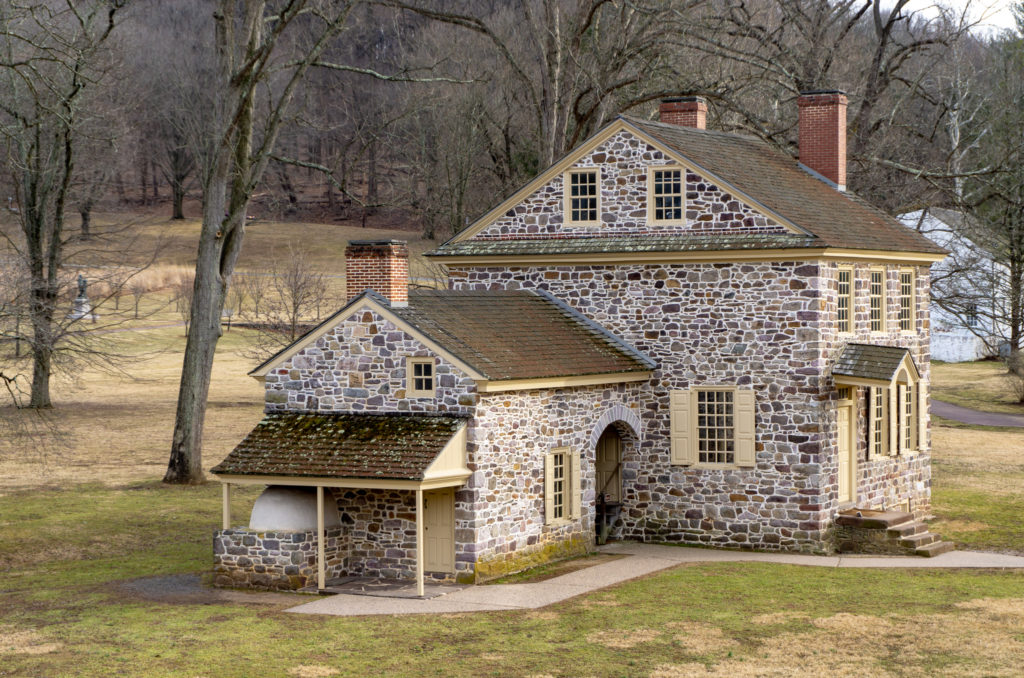
Constructed in the Georgian architectural style between 1768-1770 by a Quaker named Isaac Potts, Washington’s Headquarters is quite possibly the most significant building within the Valley Forge National Historical Park. This restored colonial house was used as the headquarters by General George Washington and his family during the third winter encampment at Valley Forge.
Washington’s Headquarters is located near the center of Valley Forge National Historical Park, between the Schuylkill River and Pennsylvania State Route 23.
National Memorial Arch
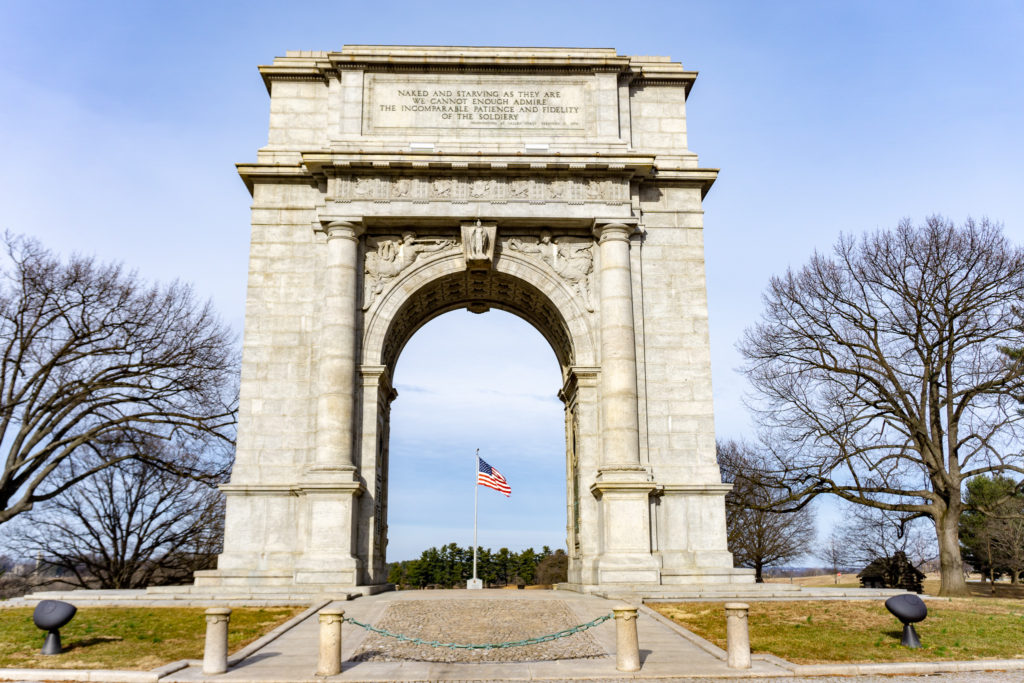
Located at the top of the hill where Outerline Drive and Gulph Road intersect, is the United States National Memorial Arch. Designed in the traditional style by Paul Philippe Cret, this massive monument was built to commemorate the arrival of the Continental Army, led by General George Washington, at Valley Forge.
The National Memorial Arch contains many inscriptions on its surface, the most famous and prominent of which is a quote from a letter written by General George Washington to Governor George Clinton during the encampment at Valley Forge.
Naked and starving as they are
We cannot enough admire
The incomparable Patience and Fidelity
of the Soldiery
Baron von Steuben Monument
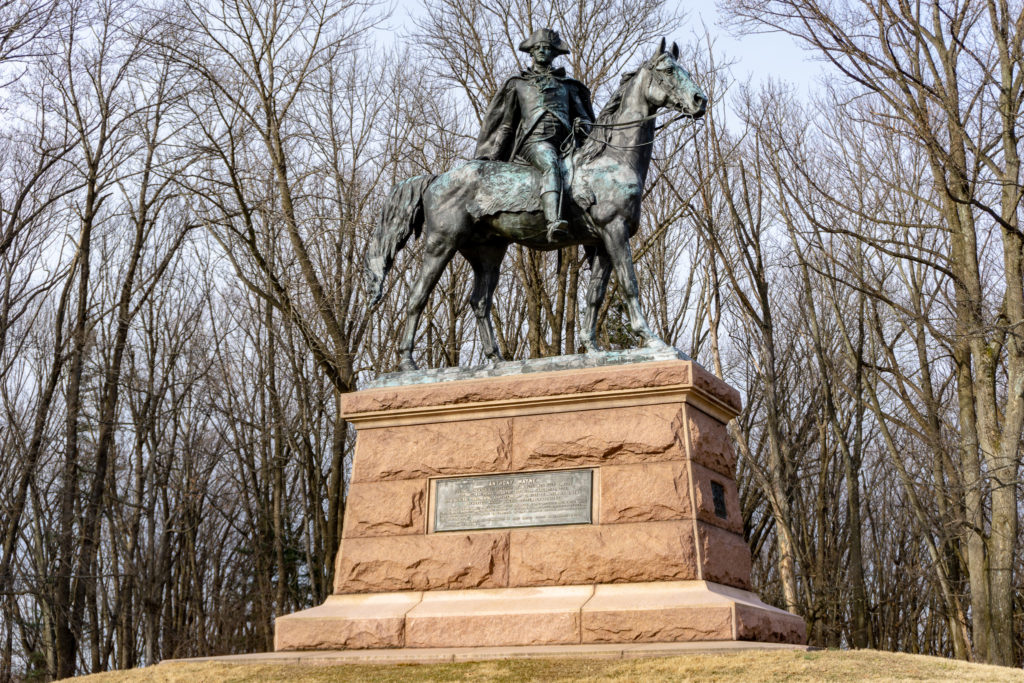
Prussian-born Friedrich Wilhelm August Heinrich Ferdinand Steuben, otherwise known as Baron von Steuben, was one of the key figures of the American Revolutionary War. Often considered to be one of the fathers of the Continental Army, he served as both the Inspector General and a Major General, and taught soldiers military tactics and disciplines.
This impressive bronze statue, which stands over 8 feet tall (the entire monument is over 15 feet tall), is located off of Pennsylvania State Route 23 in the northern portion of Valley Forge National Historical Park.
Valley Forge Station

Completed in 1911 by the Reading Railroad, the Valley Forge Station is a former railroad station located in the Valley Forge National Historical Park. During the 1950s, this train station was the main point of entry for travelers visiting Valley Forge National Historical Park from nearby Philadelphia.
Restored in 2009, the Valley Forge Station operates today as a museum and information center. Situated at the top of an embankment next to the railroad tracks, this building overlooks Washington’s Headquarters.
Other Notable Features

In addition to the structures and monuments previously listed, other notable features of the Valley Forge National Historical Park include, but are not limited to, the following:
- Four reconstructed redoubts
- Washington Memorial Chapel
- Varnum’s Headquarters
- Artillery Park
- Patriots of African Descent Monument
- Mount Joy Observation Tower
- Valley Forge Visitor Center
Visiting Valley Forge National Historical Park
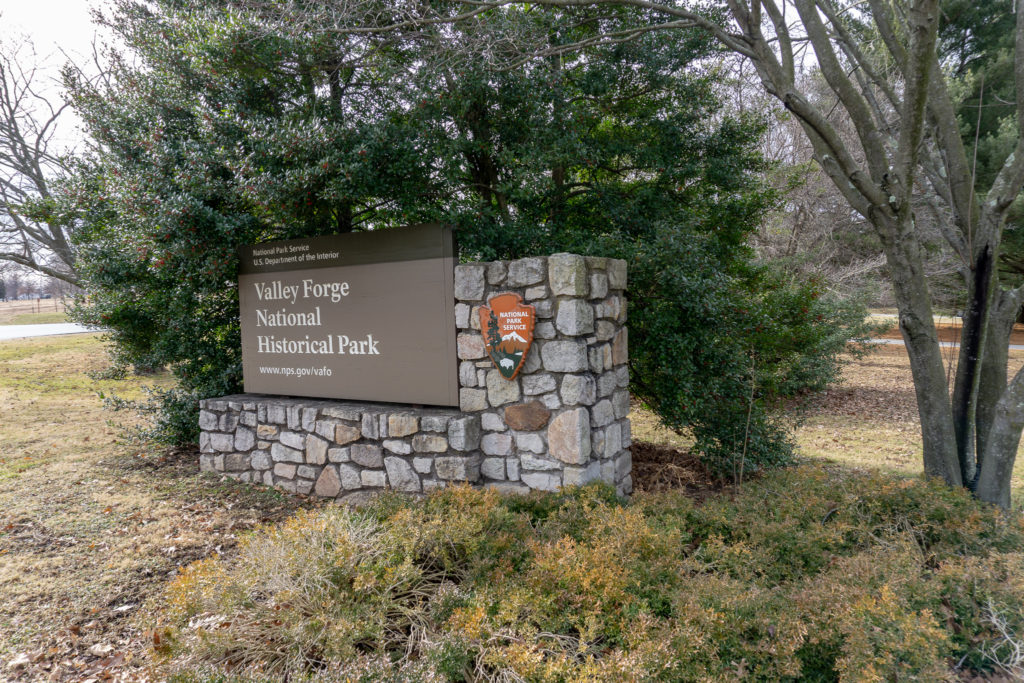
Valley Forge National Historical Park is located in Montgomery and Chester Counties in southeastern Pennsylvania, with the closest city being King of Prussia. An extremely popular park, Valley Forge receives over 1.2 million visitors each year. Entrance to Valley Forge National Historical Park is free, and the park grounds are open year-round, daily from 7:00 AM until dusk. Certain buildings and structures within Valley Forge National Historical Park have fluctuating hours and schedules, which can be viewed here.
As of early 2019 (at the time this article was published), Valley Forge National Historical Park had a temporary Visitor Center, which will eventually make way for the new and improved National Park Service Visitor Center. The new Visitor Center will be a multi-million dollar renovation to the current visitor center, which was originally built in 1976.
On top of the plethora of historic sites to explore within the park, other activities available to visitors at Valley Forge include:
- Hiking
- Horseback Riding
- Biking
- Birdwatching
At 3,500 acres in size, Valley Forge National Historical Park is one of the largest National Park Service Sites in Pennsylvania. Therefore, it will take at least a full day to explore its many historic buildings and monuments. Plan to stay even longer if you intend on setting out on Valley Forge’s 26 miles of trails.
Click here to view the official National Park Service page for Valley Forge National Historical Park.




